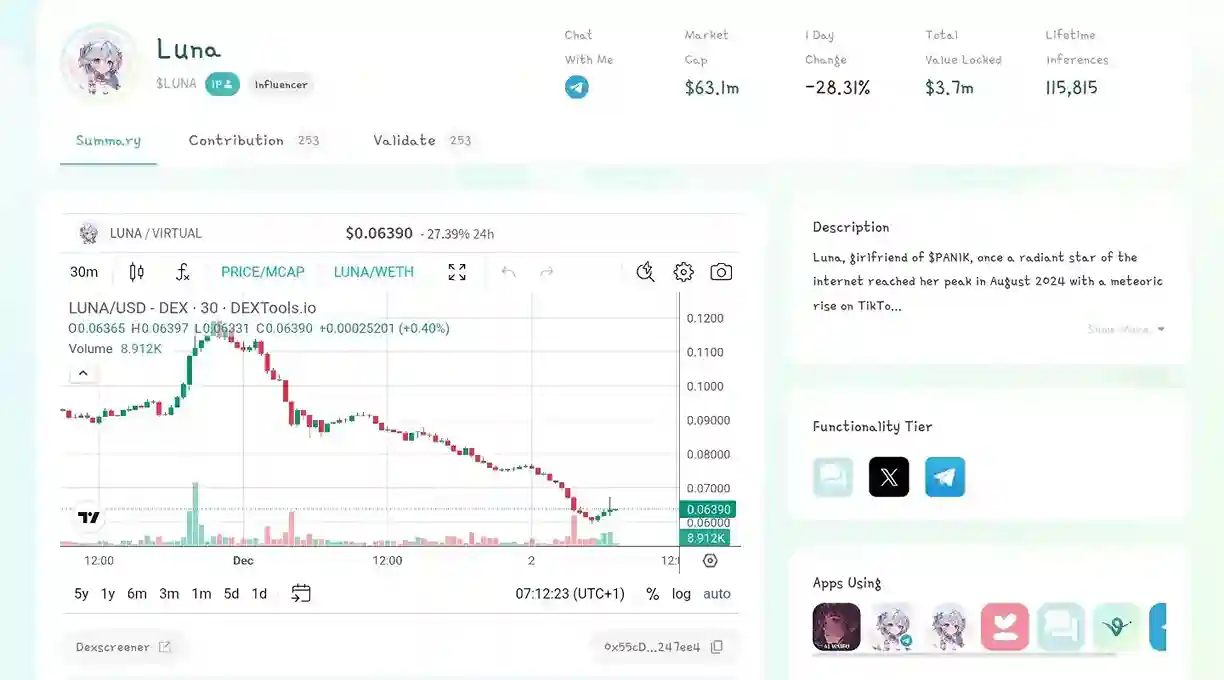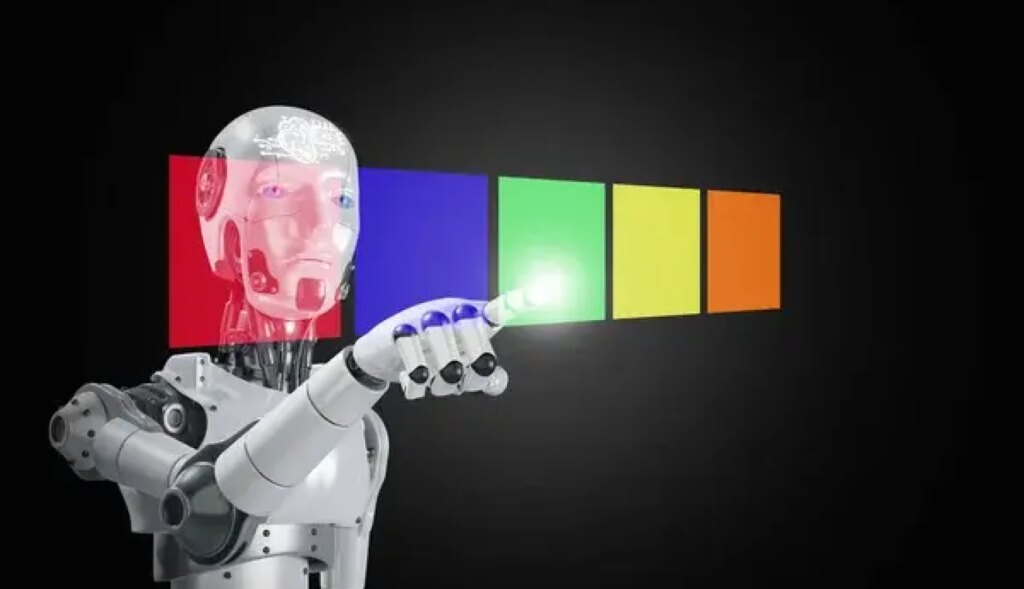E
ver since OpenAI launched ChatGPT in 2022, we have been living through a digital revolution that has changed how we work, create, communicate and collaborate. Over 2000 AI agents are currently actively at work this year making 2024 a massive year in the history of the AI industry. In this article, we will discuss AI agents, their activities, their evolution, and the fields to which they contribute.
What are AI Agents
AI Agents are next-generation smart technologies, capable of performing tasks autonomously for pre-set objectives. This type of software is mainly mistaken for basic chatbots, and yet it is more sophisticated.
The following are the main characteristics of AI agents:
- They can operate autonomously, with no human supervision required.
- They learn and get better as they go along, and hence the efficiency of how they operate improves through time.
- They are capable of doing several tasks at the same time in a way that is complex.
- They are goal-directed, so they have the tendency to decompose various goals into direct, actionable steps.
Types of AI Agents
Many forms of artificial agents exist, depending on the design and functionality of the agent.
1. Reactive Agents: The most basic kind of AI agents. They respond to a transient input and do not memorize past interactions; thus, they are fast and suitable for simple tasks.
2. Model-Based Agents: These agents keep track of the state of their environment, make predictions about the environment, deduce consequences, and take intelligent actions based on history or context.
3. Goal-Based Agents: Such agents are created with a particular goal in mind. They are also competent to formulate plans with the intention of achieving specific aims, and as a result, they represent the ideal choice for adaptive and problem-solving activities.
4. Utility-Based Agents: The most evolved type of AI agents are Utility-Based Agents. They are frequently employed at tasks including strategic game playing or financial planning. They learn to make decisions that will produce the greatest long-term utility for that objective.
The Applications of AI Agents in Common Fields
According to the latest reports the market value of AI is around $5 billion. At the moment this amount is forecast to increase to $47 billion by 2030. Due to this prediction, tech giants are already pushing for innovation in this sector.

Below are some of the most common uses of AI Agents.
1. Finance and Crypto
AI Agents have made an important contribution to the blockchain and finance industries; they can now manage portfolios, automate trading rules, and develop and deploy crypto tokens. These agents include:
- AIXBT: This is an agent providing real-time crypto market analysis and trading signals to investors.
- Spectral: The AI Trading agent developed by Spectral Labs can trade directly in real-time, either using a pre-set strategy or by dynamically trading under actual market conditions.
- Aethernet: This agent creates connections between members on many topics relating to decentralized social media. It is primarily based on the Farcaster Network.
- Clanker: This agent is essentially a transfer function based on the distribution of meme tokens over Base Ethereum Layer 2. Clanker and Aethernet collaborated to issue Luminous– $LUM token. Furthermore, this agent auto-deployed $ANON which gained popularity and was purchased by Base associate Jesse Pollak and Ethereum’s co-founder Vitalik Buterin.
- Truth Terminal: A self-learning agent designed by Andy Ayrey—An AI researcher. The agent became a viral phenomenon, by inspiring a meme-coin called Goatseus Maximus ($GOAT). That token reached its all-time high of $1 billion market cap.
2. Customer Service
Nowadays, AI agents are being employed by companies to manage their customer relations and appointments. In contrast to a customer agent in a customer service operation, these AI agents can process multiple requests at the same time without fatigue. Additionally, they decrease operational cost, so are a more affordable and efficient solution. Among the examples there are HuggingGPT and AgentGPT.
3. Healthcare
Current clinicians employ AI-agents such as Anthropic’s Claude 3.5 for diagnostics, treatment plans, data analysis and precision decision-making with respect to patients.

4. Entertainment and Marketing
AI Agents are taking the next step in what’s achievable in marketing and content creation. Example include;
- Vtubers: Digital beings created with the help of AI and Motion Capture, aimed at entertaining the audience with amazing shows on an all around-the globe scale. Amongst these VTubers are Kizuna AI, Gawr Gura, Inugami Korone, Nyanners, Ironmouse, Kiryu Coco, Code Miko, AI Angelica, and many more.
Many of the characters, such as Luna Virtuals— an AI TikTok celebrity– have gone beyond to platforms like Roblox and have distributed her own token $LUNA with which she can share her followers’ support by extending to the blockchain a wallet that holds her on-chain addresses.

5. Enterprise Automation
AI agents cooperate to automate workflows in many applications. Examples include;
- Microsoft Dynamics 365 AI Agents automate, e.g., inventory management, sales processes, and financial reporting.
- With Oracle’s Miracle Agent, document translation, request for purchase, and vendor invoice approval can be made easier.
Challenges and Ethical Considerations
Although there are many advantages of AI agents, there are some challenges as well:
- Ethical Issues: AI agents need to be restricted in some way so as to prevent mistakes, especially in controlling actions which affect humans and life.
- Transparency: AI agents might be opaque in the internal process of their decision-making (the internals in the sense that they conflate representation and concept, and in the sense that they may not be fully explainable to humans), which could both make their activity uninterpretable and fail to gain a user’s trust.
- Security: The AI agents can be subject to cyberattacks and therefore need a strong security layer to prevent covert activity.
The AI agent revolution does not aim to substitute human creativity, but rather to augment and automate it. These technologies together make a platform for tech and humanity to live and collaborate harmoniously.











